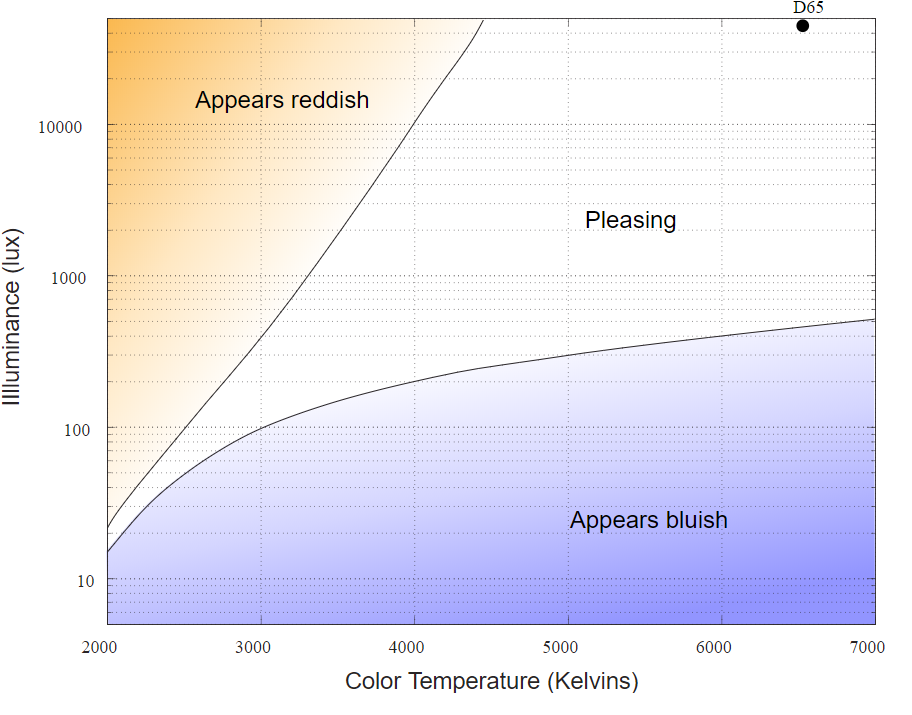Is there a word for lighting connoisseur (aka snob). Like audiophile for audio? Lumiphile? Photophile?
Is there anyone else out there that can't bring themselves to using LED for general area lighting?
This reminds me of when digital photography first went mainstream. The masses were like, "Ooh, cheap pictures." Professionals were like, "I can't use this." Eventually that changed and digital caught up. I know LEDs have come a long way since the beginning, but they're still nowhere near incandescent/halogen yet.
From the low CRIs, to missing the mark with warm white color, to the potential health concerns, to the eye-piercing nature of their light output. I feel like I'm the only one bothered by these things. Perhaps I need to join a support group?
Also, can someone please explain to me why some in my neighborhood think it is a good idea to put daylight bulbs on the outside of their house? Daylight lighting has been around for decades and never widely used. Why is this changing with LEDs? Most consumers have zero use for daylight bulbs since they shouldn't be used at night anyway. Are manufacturers placing these bad suggestions on their boxes? Are my foolish neighbors just choosing the bulbs with the highest lumen output? Is it because, as they look at the lit up bulbs in a display at a store which is completely lit by daylight lighting (as most stores are), everything else looks too yellow or red? I feel like there needs to be a public information campaign on proper use of light.
When higher wattage incandescent bulbs were getting phased out, and 60w was becoming scarce, I bought a lifetime supply of bulbs. That's not as many as you'd think. My incandescent bulbs last a very long time since they are rarely on at 100% and always ramp on and off. The two combined prolongs their life significantly. I've been in this current house for over 6 years and may have had 2 or 3 bulbs die so far. That means the vast majority have been going strong for over 6 years.
OLED lighting looks promising but likely won't be displacing LEDs anytime soon. All I know is there needs to be some breakthrough in technology before I switch to digital lighting because it's not there yet, at least for me.
Did you know some researchers figured out how to make an incandescent bulb nearly as efficient as an LED, 5 years ago? I want that!!!
https://news.mit.edu/2016/nanophoton...ght-bulbs-0111
/rant
Is there anyone else out there that can't bring themselves to using LED for general area lighting?
This reminds me of when digital photography first went mainstream. The masses were like, "Ooh, cheap pictures." Professionals were like, "I can't use this." Eventually that changed and digital caught up. I know LEDs have come a long way since the beginning, but they're still nowhere near incandescent/halogen yet.
From the low CRIs, to missing the mark with warm white color, to the potential health concerns, to the eye-piercing nature of their light output. I feel like I'm the only one bothered by these things. Perhaps I need to join a support group?
Also, can someone please explain to me why some in my neighborhood think it is a good idea to put daylight bulbs on the outside of their house? Daylight lighting has been around for decades and never widely used. Why is this changing with LEDs? Most consumers have zero use for daylight bulbs since they shouldn't be used at night anyway. Are manufacturers placing these bad suggestions on their boxes? Are my foolish neighbors just choosing the bulbs with the highest lumen output? Is it because, as they look at the lit up bulbs in a display at a store which is completely lit by daylight lighting (as most stores are), everything else looks too yellow or red? I feel like there needs to be a public information campaign on proper use of light.
When higher wattage incandescent bulbs were getting phased out, and 60w was becoming scarce, I bought a lifetime supply of bulbs. That's not as many as you'd think. My incandescent bulbs last a very long time since they are rarely on at 100% and always ramp on and off. The two combined prolongs their life significantly. I've been in this current house for over 6 years and may have had 2 or 3 bulbs die so far. That means the vast majority have been going strong for over 6 years.
OLED lighting looks promising but likely won't be displacing LEDs anytime soon. All I know is there needs to be some breakthrough in technology before I switch to digital lighting because it's not there yet, at least for me.
Did you know some researchers figured out how to make an incandescent bulb nearly as efficient as an LED, 5 years ago? I want that!!!
https://news.mit.edu/2016/nanophoton...ght-bulbs-0111
/rant




Comment